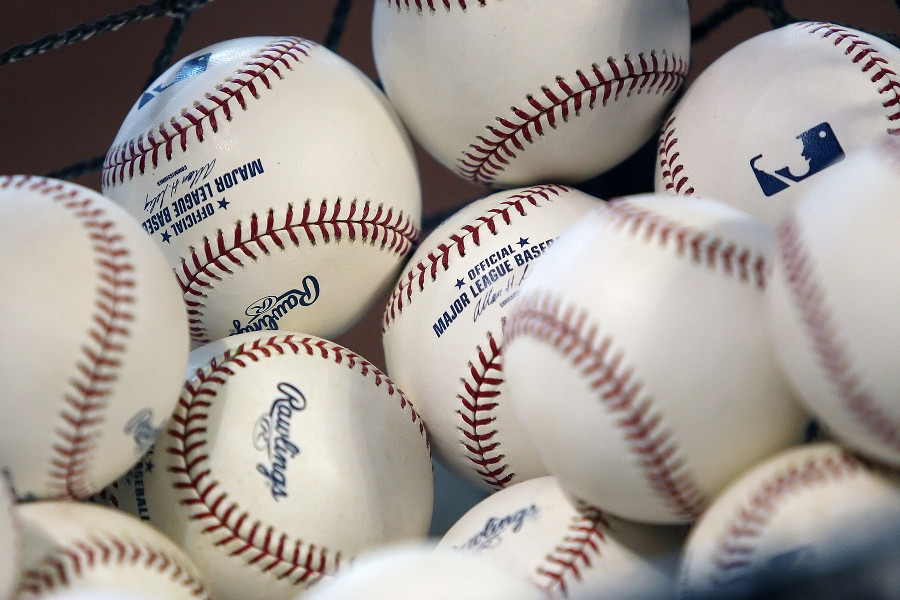Important MLB Offseason Dates


A road map of important offseason transaction deadlines and what those dates mean for major league organizations.
Nov. 6
5 p.m. Eastern
Free Agent Period Opens
Following a five-day “quiet period” after the World Series, all free agent-eligible players who have not executed contracts for the 2018 season are free to sign with new teams. This includes major league players with at least six years of major league service and also minor league players, i.e. those not on 40-man rosters, with no contract renewals remaining.
A note about minor league free agency:
Amateur players sign a minor league contract—or Uniform Player’s Contract—when they turn pro with a major league organization. The UPC grants the organization six renewal seasons, which is where the misnomer “six-year free agent” derives. In fact, most players put in seven years—their debut season plus six renewals—before they qualify as minor league free agents.
Members of the 2011 draft class still bound by their UPCs will be eligible for minor league free agency for the first time this offseason.
The majority of minor league free agents sign one-year successor deals with new organizations, which means they will again qualify as minor league free agents after the 2018 World Series, assuming they aren’t on a 40-man roster.
Nov. 20
8 p.m. Eastern
Reserve List (or 40-Man Roster) Filing Deadline
All organizations set their 40-man rosters (or reserve lists) for the Rule 5 draft on this date. The Rule 5 draft has existed in some form since 1903, and it aims to redistribute minor league players—as long as they meet certain conditions—to organizations willing to play them in the major leagues.
Any player who appears on a 40-man roster on this date is ineligible to be selected in the Rule 5 draft, but for those players who miss the cut, the major league phase of the Rule 5 draft can spell opportunity. In recent years, the number of players eligible for the major league phase has reached as high as 1,700.
In most cases, players are eligible for the major league phase of the 2017 Rule 5 draft if they are not on a 40-man roster and meet one of the following conditions:
• They signed out of college or junior college in 2014 (or earlier)
• They signed out of high school or as an international amateur in 2013 (or earlier)
The cutoffs are actually age-based—19-and-older in the first group and 18-and-under in the second—and there are exceptions based on signing date, but the rule of thumb above applies to most players.
Teams also set their minor league rosters on this date in preparation for the minor league phase of the Rule 5 draft. Those roster limits are 38 players at Triple-A, 37 players at Double-A and 35 players at all other levels (Class A, short-season and Rookie-level).
Dec. 1
8 p.m. Eastern
Tender Deadline
On this date, organizations must tender a 2018 contract to all 40-man roster players who are arbitration eligible or still in their pre-arb years. In each of the past two years, more than 35 players were not tendered contracts by the deadline, making them non-tender free agents.
Notable non-tenders from 2015 include Rockies reliever Greg Holland (after taking a year off) and Braves catcher Tyler Flowers. Nobody from the 2016 class has emerged, but Braves reliever Jacob Lindgren, a 2014 second-round pick of the Yankees, has bounceback potential if he makes a full recovery from Tommy John surgery.
Dec. 14
9 a.m. Eastern
Rule 5 Draft
The impact potential of Rule 5 draft picks is modest, but at least one interesting or useful player is selected each year. Recent examples include Orioles outfielder Anthony Santander (2016 draft), Cardinals reliever Matt Bowman (2015), Rangers outfielder Delino DeShields Jr. (2014), Yankees reliever Tommy Kahnle (2013), Cubs reliever Hector Rondon (2012) and Astros outfielder Marwin Gonzalez (2011).
For more details on Rule 5 draft machinations, including the mysterious minor league phase, please see this J.J. Cooper entry from 2016.

Comments are closed.